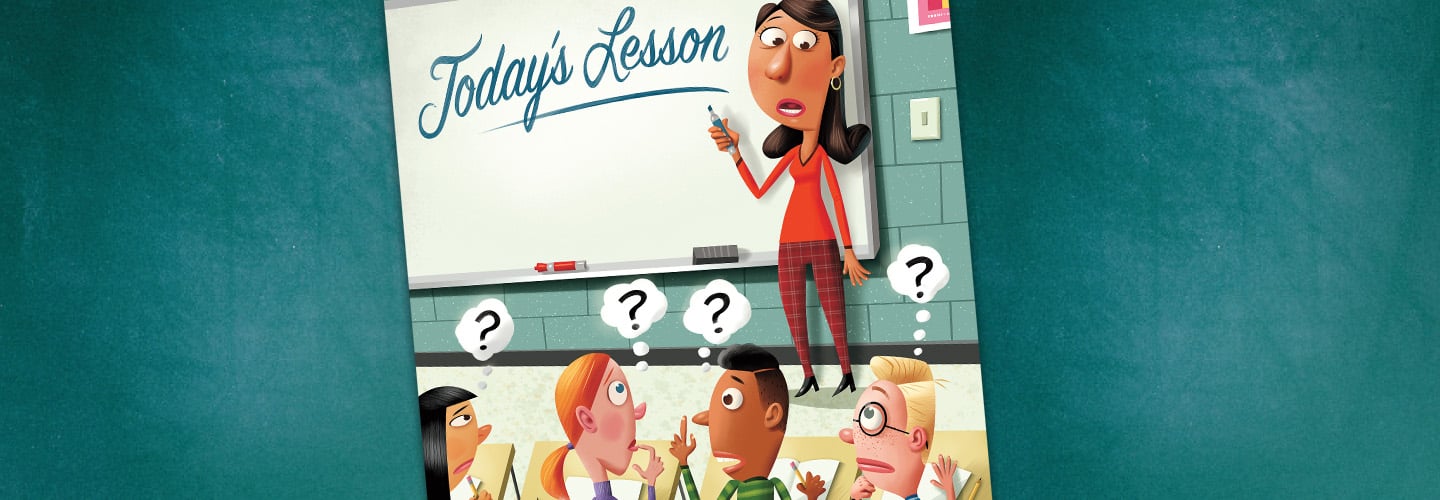Learning to write in cursive used to be as common as learning to read or add. But today, this flowing form of handwriting looks like a foreign language to many kids.
Lawmakers in California want to change that. Starting next school year, all public schools there will be required to teach cursive to students from first to sixth grade. California is joining 21 other states that have similar laws.
Many people think it’s important to learn cursive, also known as script. They point out that kids need to know it to sign their names and to read historical documents like the U.S. Constitution.
But others say cursive is outdated. They argue that teachers should focus on subjects like math and reading instead.

